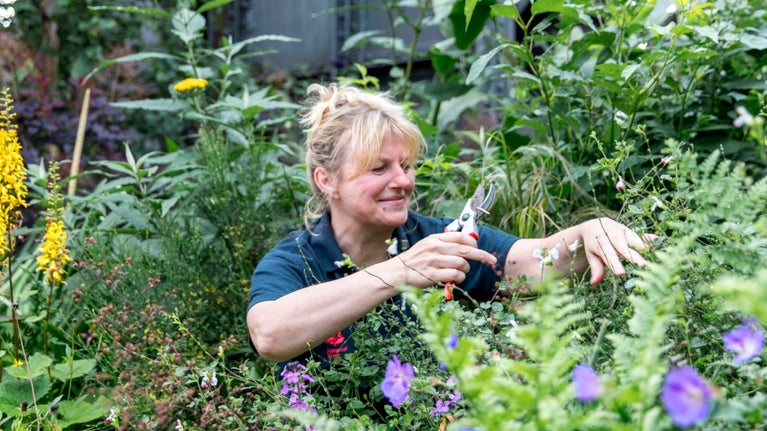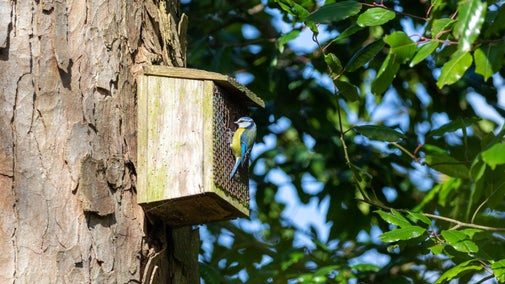
Get gardening
Our gardeners are on hand with ideas for your garden, plot or window box. From planting veg to tackling weeds, they’ve got all the important topics covered.

Listening to the sounds of nature, nurturing new life, unearthing potatoes and watching your first tomatoes ripen on the vine are just some of the simple pleasures we take from growing our own food. Find out how to get the most from your allotment or veg patch, and why growing your own fruit and veg is good for you, in more ways than one.
Attitudes towards digging have changed. Understanding of the impacts of digging on soil health are now better understood. Every time earth is turned over the soil structure is damaged and carbon is released. It’s better to top-dress with compost, leaf mould and manure, and let the worms do their work.
If seedlings are too crowded they won’t thrive, so if you’ve sown in the open ground, thin twice. For the first thinning, leave twice as many plants as you’ll need. At the second thinning remove every other plant in the row.
May can still bring a late frost which would damage exposed shoots. Earthing up before this helps to keep the stems upright, and prevents the tubers from being exposed to the light, which can make them go green.
Peas and beans need plenty of moisture to produce a good crop. In very dry weather, instead of watering, spread grass mowings, decayed leaves or compost to a depth of one inch along each side of the rows.
Robins, wrens, hedge-sparrows, song-thrushes and many others will be looking for food, and in doing so will help you keep garden pests under control.

According to the Royal College of Physicians, the social interaction, exercise, sunlight and access to nature that gardening gives us have several health benefits. Its report, Gardening for health: a regular dose of gardening, published in June 2018, found that working in the garden improved dexterity, strength and mental wellbeing, and reduced social isolation.
Research from the Royal Horticultural Society shows that gardening is good for our physical, mental and social wellbeing, helping us to keep fit and connect with others, to be part of nature and to enjoy colour, aroma, wildlife and beauty.
My allotment is the place I go to escape and switch off. When I'm digging around in the soil my mind is clear and calm for once. It's just me, my veg and peace.

Our gardeners are on hand with ideas for your garden, plot or window box. From planting veg to tackling weeds, they’ve got all the important topics covered.
Looking for new ways to help your local wildlife? Here are some of our top tips on how to make your garden a haven for animals, birds and insects.

We've committed to going peat free as an organisation, and all the plants we grow, buy and sell are potted in peat-free compost. Hear from our team of gardening experts and discover top tips for peat-free gardening in your green space.

The daffodil is a classic spring flower. Take expert tips from National Trust gardeners to achieve a cheery daffodil display in your own garden.

Learn how to make your own rose arch from former Mottisfont head gardener Jonny Bass, plus an alternative for smaller gardens.
